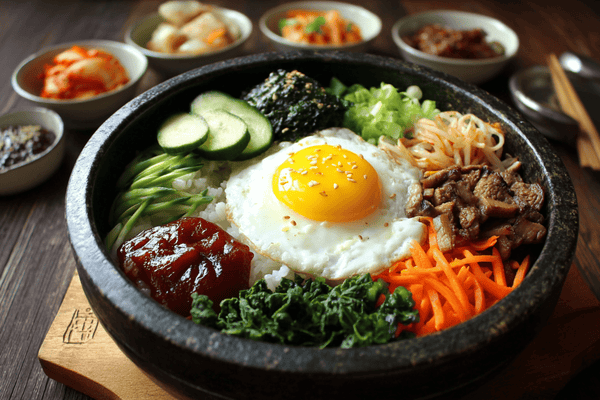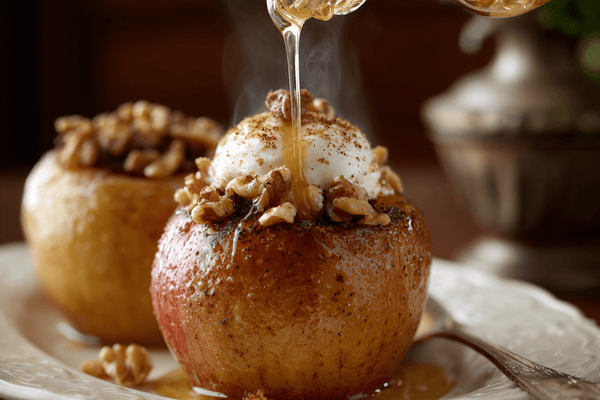
Induction cookware has recently gained popularity for its energy efficiency, precise temperature control, and fast cooking times. Unlike traditional stovetops, induction cooktops use electromagnetic energy to heat the cookware directly, making it a safer and more efficient way to cook. However, not all pots and pans are compatible with induction cooktops. This guide will explore the benefits of induction cookware, what features to look for, and how to choose the best cookware for your kitchen.
Table of contents
What is Induction Cookware?
Induction cookware is specially designed to work with induction cooktops. Unlike traditional cookware, induction cookware is made of magnetic materials such as stainless steel or cast iron, which can conduct the electromagnetic energy produced by the cooktop. The cookware heats up, rather than the cooktop, resulting in faster cooking times and more precise temperature control.
Benefits of Induction Cookware
Energy Efficiency
Induction cookware is more energy-efficient than traditional stovetops because it heats the cookware directly rather than the surrounding air. This results in less heat loss and faster cooking times, saving you time and money on your energy bill.
| Cookware Material | Energy Efficiency (in percentage) |
|---|---|
| Stainless Steel | 90% |
| Cast Iron | 85% |
| Aluminum | 70% |
| Copper | 60% |
Precise Temperature Control
Induction cookware allows for more precise temperature control, which is especially important for delicate dishes such as sauces and soups. The cookware heats up quickly and cools down just as quickly, giving you more control over the cooking process.
Safety
Induction cookware is generally considered safer than traditional stovetops because it heats up, rather than the cooktop. This means that the cooktop stays cool to the touch, reducing the risk of burns or fires.
Faster Cooking Times
Induction cooking is much faster than traditional cooking methods, as the cookware heats up more quickly and cooks food more evenly.
Easy to Clean
Induction cookware is often made of non-porous materials such as stainless steel, which makes it easy to clean and maintain. It is also often dishwasher safe, which can save you time and effort in the kitchen.
Disadvantages of Induction Cooking
Cost
Induction cooktops and induction-compatible cookware can be more expensive than traditional cooktops and cookware, although prices have come down in recent years.
Noise
Some induction cooktops can make a high-pitched noise when in use, which can be bothersome to some users.
Limited Cookware Compatibility
Induction cooktops only work with cookware that is made of magnetic materials such as stainless steel or cast iron. Non-magnetic materials such as aluminum or copper will not work on an induction cooktop.
Requires Special Cookware
If you are switching to induction cooking, you will need to purchase new cookware compatible with your induction cooktop. This can be an additional expense.
Power Requirements
Induction cooktops require a certain amount of power to operate, which can be a problem in some older homes with outdated electrical systems
Features to Look for in Induction Cookware
Material
Induction cookware should be made of magnetic materials such as stainless steel or cast iron, which can conduct the electromagnetic energy produced by the cooktop. Non-magnetic materials such as aluminum or copper will not work with induction cooktops.
Thickness
Induction cookware should be thick and heavy to ensure even heating and prevent hot spots. Thicker cookware also tends to be more durable and long-lasting.
Flat Bottom
Induction cookware should have a flat bottom to ensure maximum contact with the cooktop. Uneven or warped bottoms can result in inefficient heating and longer cooking times.
Lid
A tight-fitting lid is important for retaining heat and moisture, which can help to cook food more quickly and evenly. Look for induction cookware with a durable and well-fitting lid.
Buying Guide for Induction Cookware
Consider Your Cooking Needs
Before purchasing induction cookware, consider what types of dishes you will be cooking and what sizes you will need. Make a list of the pots and pans you use most often, and look for induction-compatible options in those sizes.
Set or Individual Pieces
Decide whether you want to purchase a set of induction cookware or individual pieces. A set can be more cost-effective and provide a range of sizes, but if you only need a few pieces, it may be more practical to purchase individual pieces.
Budget
Induction cookware can range in price from affordable to quite expensive. Consider your budget and look for options that fit within your price range. Keep in mind that high-quality induction cookware can be a worthwhile investment that will last for many years.
How to Maintain and Care for Induction Cookware
-
Clean your cookware regularly: Induction cookware should be cleaned after every use to prevent any buildup of food residue or stains. You can clean your cookware with a mild detergent and a soft sponge or cloth.
-
Avoid abrasive cleaning tools: Abrasive cleaning tools such as steel wool or scouring pads can damage the surface of your cookware, so it is best to avoid using them.
-
Do not stack your cookware: Stacking your cookware can lead to scratches and damage to the surface of your cookware. Store your cookware separately, and use soft liners or padding between them to prevent scratches.
-
Use the correct cooking utensils: Avoid using metal utensils on your induction cookware, as they can scratch the surface. Use silicone, plastic, or wooden utensils instead.
-
Avoid sudden temperature changes: Do not expose your induction cookware to sudden temperature changes, as this can cause warping and cracking. Let your cookware cool down before washing it, and avoid adding cold water to hot cookware.
-
Use appropriate heat settings: Induction cookware heats up quickly, so it is important to use appropriate heat settings. Use lower heat settings when cooking delicate foods, and higher heat settings for foods that require more heat.
-
Do not overheat your cookware: Do not overheat your induction cookware, as this can damage the surface and cause discoloration. Keep an eye on your cookware while cooking, and avoid leaving it unattended for long periods.
-
Season cast iron cookware: If you have cast iron induction cookware, it is important to season it regularly to prevent rust and to keep it in good condition. To season cast iron cookware, rub a small amount of oil onto the surface and heat it in the oven at a low temperature for several hours.
FAQs about Induction Cookware
A: Can I use regular cookware on an induction cooktop?
Q: No, regular cookware will not work on an induction cooktop because it is not made of magnetic materials. You must use induction-compatible cookware that is made of magnetic materials such as stainless steel or cast iron.
Q: How do I know if my cookware is compatible with induction cooktops?
A: If your cookware is made of magnetic materials such as stainless steel or cast iron, it is likely compatible with induction cooktops. You can also perform a simple test by placing a magnet on the bottom of the cookware. If the magnet sticks, the cookware is compatible.
Q: Is induction cookware more expensive than regular cookware?
A: Induction cookware can be more expensive than regular cookware, but it is often considered a worthwhile investment because of its energy efficiency, precise temperature control, and safety features.
Q: Can induction cookware be used on other types of cooktops?
A: Yes, induction cookware can be used on other cooktops, but it may not perform as well as on an induction cooktop. Induction cookware is designed specifically to work with induction cooktops, so it is recommended that you use it with an induction cooktop for the best results.


